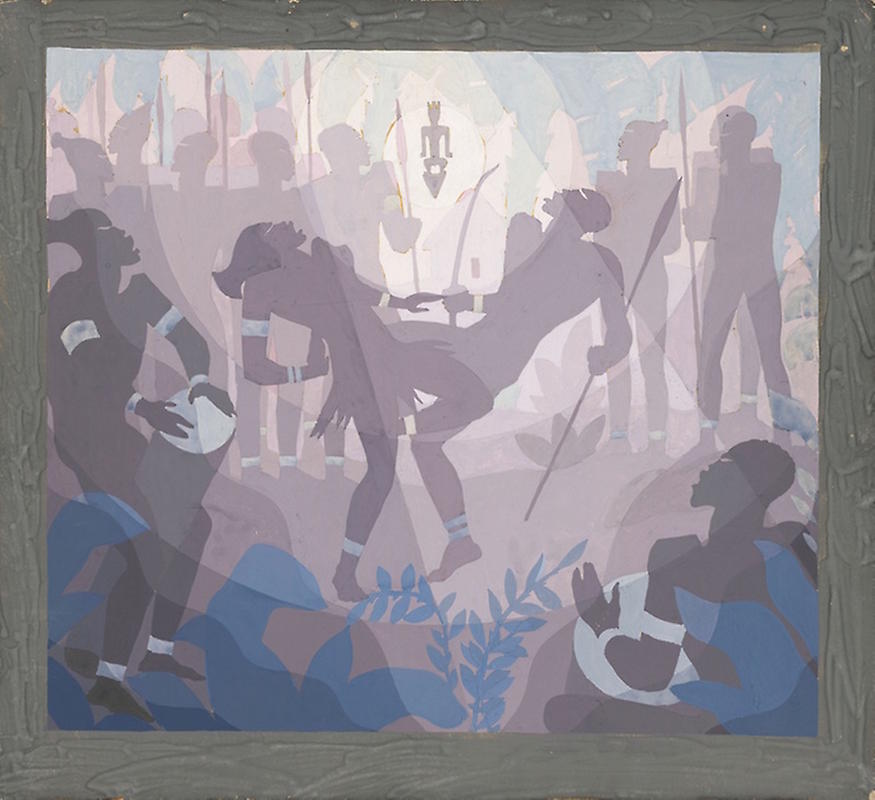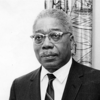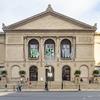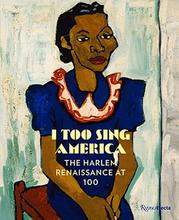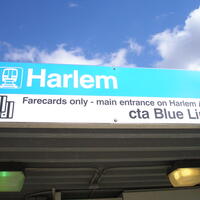More about Study for Aspects of Negro Life: The Negro in an African Setting
- All
- Info
- Shop

Contributor
Let me start by clarifying that Aaron Douglas never actually visited Africa.
But he was one of the first Modernists to take elements of African art and actually use them to talk about Black experiences (unlike those Cubists, who were a bunch of big fat cultural appropriators).
This study was done for the first mural in a series of four, called Aspects of Negro Life, designed for the New York Public Library. (The $$$ came from the Works Progress Administration Federal Art Project, a nifty New Deal program the likes of which American artists will probably never see again.) Douglas’s murals take you on a rollercoaster through African American historical experience, depicting four scenes that move from the good times, to the very, very bad, to the hopeful.
In this tableau, Douglas depicts African life before enslavement as being uninhibited and vibrant. Dancers move to the beat of musicians’ drumming, surrounded by lush flora. Douglas uses overlapping shapes and radiating tones of color to create a sense of motion and heat, staying consistent with the geometric balance of Art Deco design, while directly borrowing thematic and aesthetic elements from African art.
All in all, this makes for a nice picture. But subsequent murals in the series get pretty grim. Douglas shows the despair of African enslavement in America, the transition to post-Civil War Reconstruction, and the hope for a better future that persists in the face of racism and violence. Heavy, to say the least, but also a rare and honest depiction of African American history in Modern art.
Sources
- “Study for Aspects of Negro Life: The Negro in an African Setting.” Art Institute of Chicago Art Access. Accessed 7/19/17. http://www.artic.edu/aic/collections/exhibitions/AfricanAmerican/Study
- “Federal Art Project of the Works Progress Administration WPA.” The Art Story. Accessed 7/20/17. http://www.theartstory.org/org-wpa.htm
- Murrell, Denise. “African Influences in Modern Art.” In Heilbrunn Timeline of Art History. New York: The Metropolitan Museum of Art. April 2008. Accessed July 19, 2017. http://www.metmuseum.org/toah/hd/aima/hd_aima.htm

